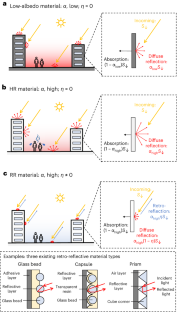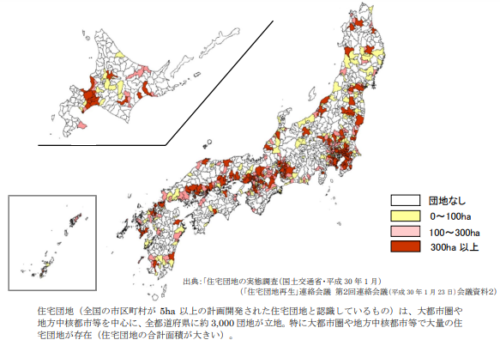2024-04-16 プリンストン大学
<関連情報>
- https://engineering.princeton.edu/news/2024/04/16/retro-reflectors-could-help-future-cities-keep-their-cool
- https://www.nature.com/articles/s44284-024-00047-3
再帰反射表面を最適化することで、放射線を閉じ込めず、都市を涼しくする Optimizing retro-reflective surfaces to untrap radiation and cool cities
Xinjie Huang,Elie Bou-Zeid,Ilaria Pigliautile,Anna Laura Pisello & Jyotirmoy Mandal
Nature Cities Published:11 March 2024
DOI:https://doi.org/10.1038/s44284-024-00047-3

Abstract
Extreme heat and its various impacts are a growing threat to cities and their residents, and it is increasingly clear that portfolios of solutions are needed to mitigate the resulting risks. Here we comprehensively evaluate and optimize the application of existing retro-reflective (RR) materials, which reflect incoming solar radiation back to the sky, on urban surfaces to cool them. Using detailed energy budget models, we show that RR walls and pavements decrease urban canyon surface temperatures by up to 20 °C and canyon air temperatures by up to 2.6 °C, outperforming highly reflective surfaces, with a notable improvement in pedestrian thermal comfort (up to 0.55 °C and 153 W m−2 reductions in human skin temperature and net radiative gain, respectively). We then develop optimized RR design guidelines for diverse climatic conditions, latitudes, seasons and urban geometries. On the basis of our analysis, we recommend RR pavements for open, low-rise areas and propose specific RR wall design strategies for compact, high-rise areas.



